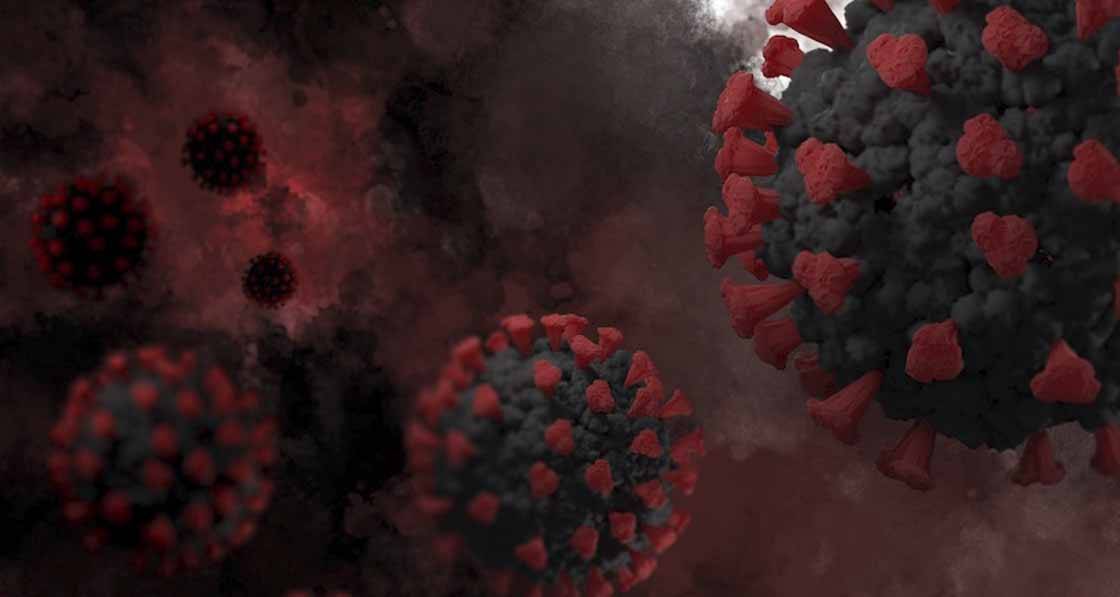
- Blogs
- Posted
Let’s bring ventilation in from the cold
This article was originally published in issue 40 of Passive House Plus magazine. Want immediate access to all back issues and exclusive extra content? Click here to subscribe for as little as €10, or click here to receive the next issue free of charge
We have now conceded that the genie is out of the bottle and Covid is here to stay, with face masks and social distancing a new norm. But perhaps not.
In the beginning we started treating Covid like a normal virus, thinking it lived on surfaces and was transmitted by physical contact. After many months it was accepted that this was a virus which hung in the air and infected people when they breathed it in. What if this virus-laden air is removed continuously and replaced with clean filtered fresh air from outside? This reduces the chances of someone breathing it in, and the amount of it that might be breathed in. This removal and replacement is called air change and is the basis of ventilation technology.
Despite 24/7 coverage of the Covid crisis by media and experts of all denominations, the subject of ventilation is continuously dumbed down to its lowest common denominator: ‘open the windows and reach for the coats’. Yes, ventilation is about fresh air – and it is important to recognise that outdoor air is not necessarily fresh air – but it does not have to be cold fresh air. It can be pre-warmed by the air leaving the building. The air can also be moved at a controlled speed and this speed modulated up or down depending on how many people have congregated.
Modern technology can tell the ventilation equipment how many people are in the room and what speed to run to provide a safe and healthy environment. Monitors in the ventilated space can inform the occupants when it becomes over-crowded and unsafe. These systems also contribute to the efficiency of buildings and facilitate upgrading of insulation.
What if virus-laden air is removed continuously and replaced with clean air?
If it is this simple, why are we not doing it? Perhaps because up until now we thought we could beat this on the cheap. Over the past year many people have said, “people like you will make a fortune from this”. My answer was, “in a year or two when this is just a bad memory, and we are back to normal, nobody will want what me and my industry have to offer”.
It will take many billions of euros to provide these systems in all the places where we live, work and play. People ask if we can afford it, but can we afford not to when we are already spending those billions trying to tackle the pandemic, and with no end in sight.
Why is it that this part of the solution is not being looked at by all the government committees set up not just in Ireland but all over the world? It appears that in Ireland at least, few engineering people have been consulted with. Is there a certain ambivalence towards this subject? Anything we ingest into our bodies whether it be food, water, heat or air is crucial to our survival but clean air is not seen as that important. In my forty years of HVAC experience, it has always been about heating and cooling and “oh by the way let’s stick in a fan and a hole somewhere – this will cover us for ventilation”.
That might be a slight exaggeration, but when we look at today’s guidance on ventilation for dwellings, either Part F of the building regulations or SEAI’s Homeowner’s Guide to Ventilation, this is what we get. In the case of the SEAI, it is a crude picture of a sewer pipe in a wall to make the hole. I am sorry to say but this attitude seems to permeate right down from government bodies through the specifying community, construction and on to the end-users. The small community of us around the world who have been working on this technology for decades have a lot more to offer than sewer pipes in walls.
High efficiency particulate air (HEPA) filters may have a place in the strategy, but there are still a lot of unanswered questions. What happens to the virus if it gets trapped in the filter? Will it die or multiply? Will it eventually find its way into this re-circulating air stream? Is the technology available to kill it on the filter, and if so, can it be killed in the exhaust air of a ventilation system?
A clean filtered definite supply of fresh air without the cold, will not just provide a strong buffer against Covid, but aid public health on a much wider basis. This needs to be recognised from the top down. Ventilation technology can not only help solve this crisis but also the next one coming down the track, climate change.



